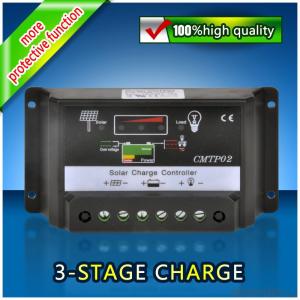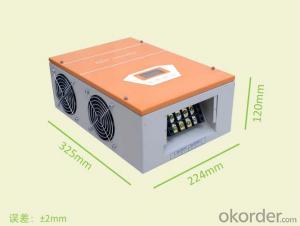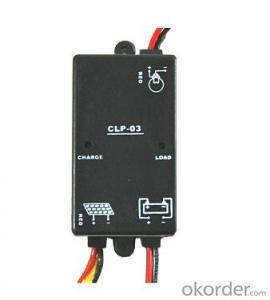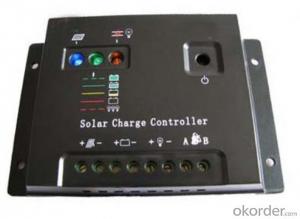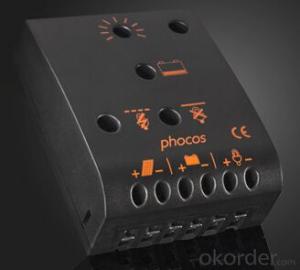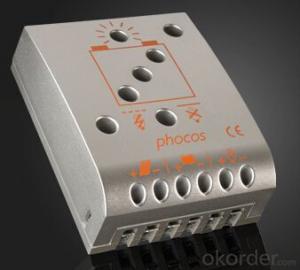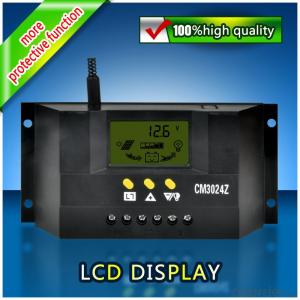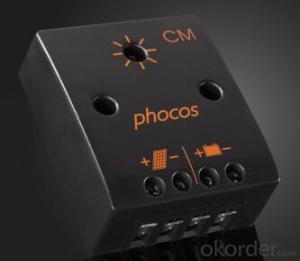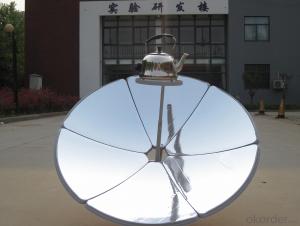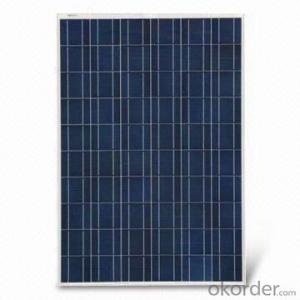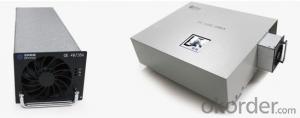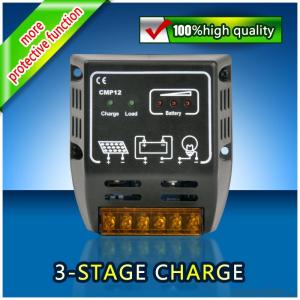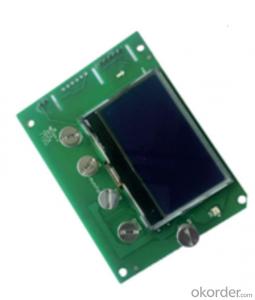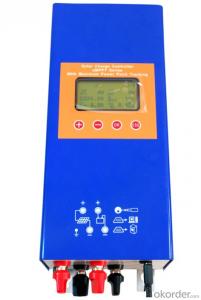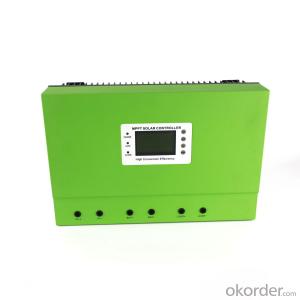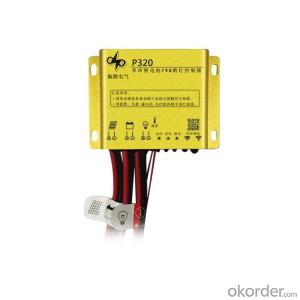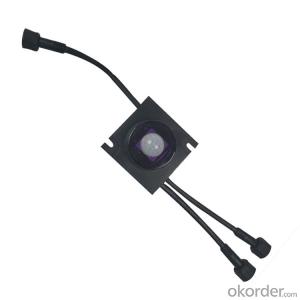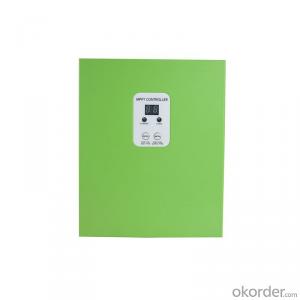Kanitti Solar Controller
Kanitti Solar Controller Related Searches
Arduino Solar Controller Inverter Solar Controller Heliotrope Solar Controller Inverter Controller Solar Solar Controller Inverter Kaneka Solar Module Solar Inverter And Controller Solar Controller And Inverter Solar Panel With Controller Tracer Mppt Solar Controller Solar Inverter Italy Solaris Solar Inverter Mppt 30A Solar Controller Solar Solar Inverter Solar Charge Controller Specification Sun Solar Inverter Arduino Solar Inverter Bonfiglioli Solar Inverter Smart Inverter Solar Smart Solar Inverter Solar Mini Inverter Solar Converter Inverter Opti Solar Inverter Longi Solar Module Solar Smart Inverter K Solar Inverter Sunpower Solar Inverter Solar City Inverter Mini Inverter Solar Mini Solar InverterKanitti Solar Controller Supplier & Manufacturer from China
Kanitti Solar Controller is a high-quality product designed to manage and optimize the performance of solar energy systems. These controllers are essential components in solar power setups, as they regulate the flow of electricity from solar panels to the battery bank and ensure efficient energy storage. They also protect the system from overcharging and discharging, prolonging the lifespan of the batteries and the overall solar power system.The Kanitti Solar Controller is widely used in various applications, including residential, commercial, and off-grid solar power systems. It is particularly useful in areas where access to electricity is limited or unreliable, providing a reliable and sustainable source of power. This product is also gaining popularity in remote locations, such as camping sites, marine applications, and agricultural facilities, where traditional power sources are either unavailable or impractical.
Okorder.com is a leading wholesale supplier of Kanitti Solar Controllers, offering a vast inventory of this product to cater to the needs of various customers. With a strong commitment to quality and customer satisfaction, Okorder.com ensures that the Kanitti Solar Controllers they supply are of the highest standard, meeting the demands of different solar power applications.




